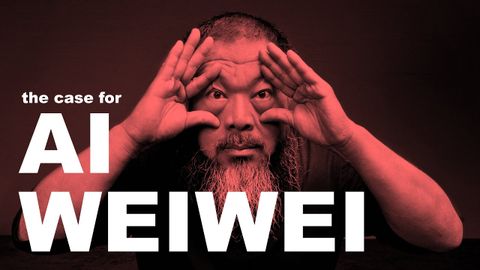アイ・ウェイウェイの場合|アートの課題|PBSデジタルスタジオ (The Case for Ai Weiwei | The Art Assignment | PBS Digital Studios)
Hui-shun Hung が 2021 年 01 月 14 日 に投稿  この条件に一致する単語はありません
この条件に一致する単語はありませんUS /ˈkɑnstənt/
・
UK /'kɒnstənt/
US /ɛmˈbres/
・
UK /ɪm'breɪs/
- n. (c./u.)抱擁;受容
- v.t.抱擁;受け入れる;含む
US /dɪˈvɛləp/
・
UK /dɪ'veləp/
- v.t./i.展開する;開発する;発達する;現像する;発症する;磨く
US /məˈnɪpjəˌlet/
・
UK /mə'nɪpjʊleɪt/
- v.t.操る;操作する;操作する;操作する;改ざんする
エネルギーを使用
すべての単語を解除
発音・解説・フィルター機能を解除

